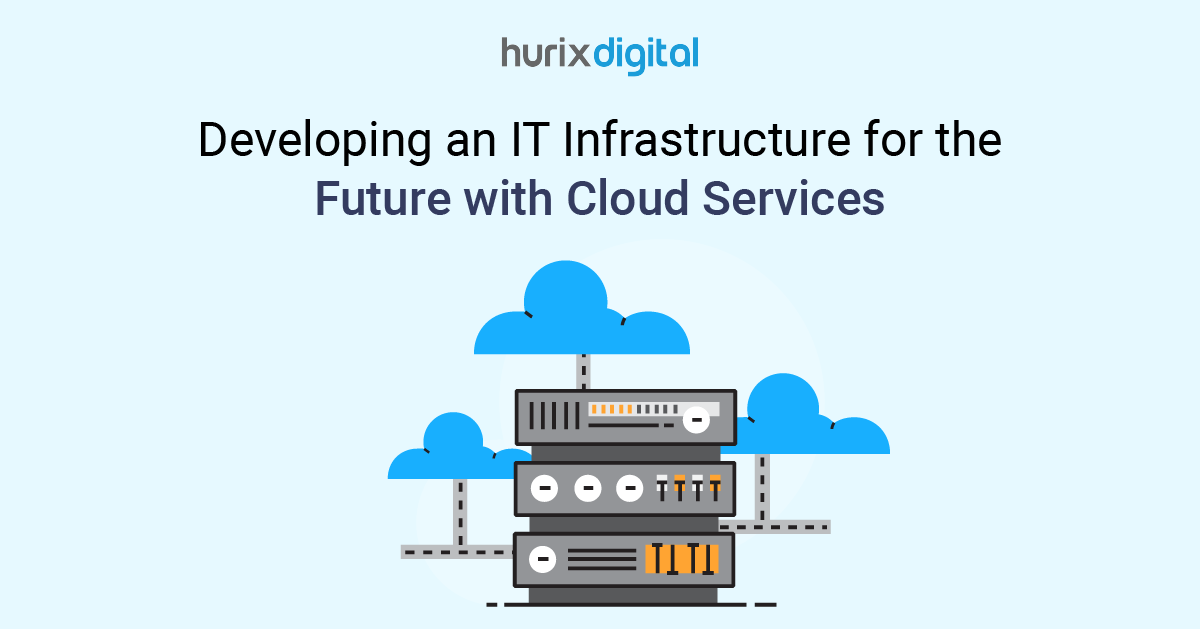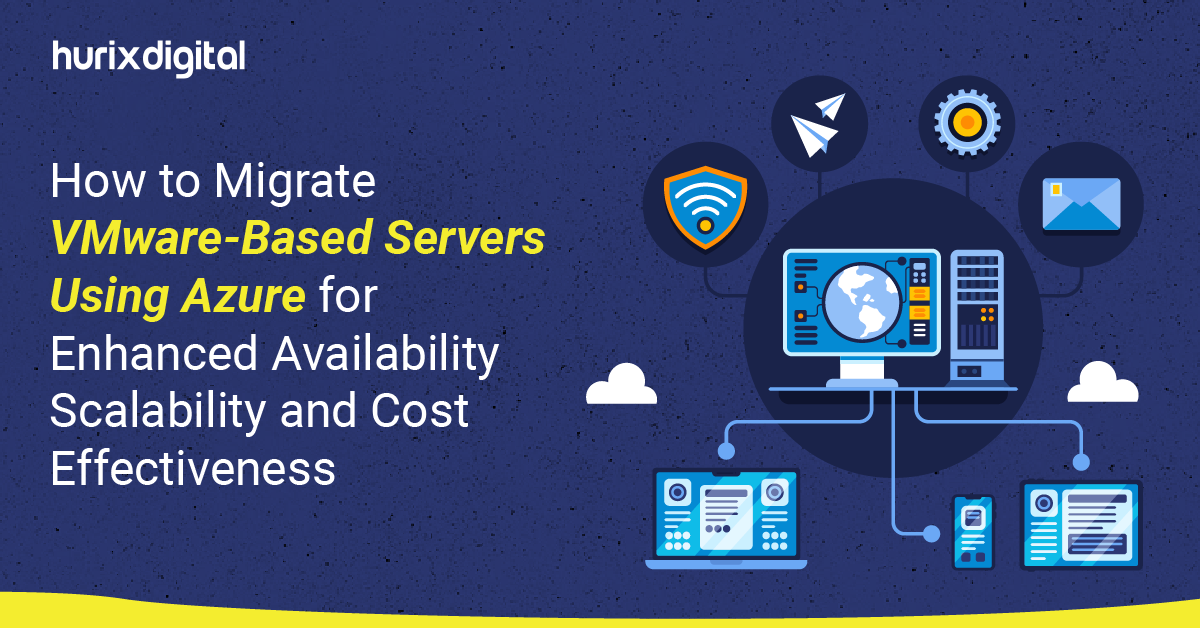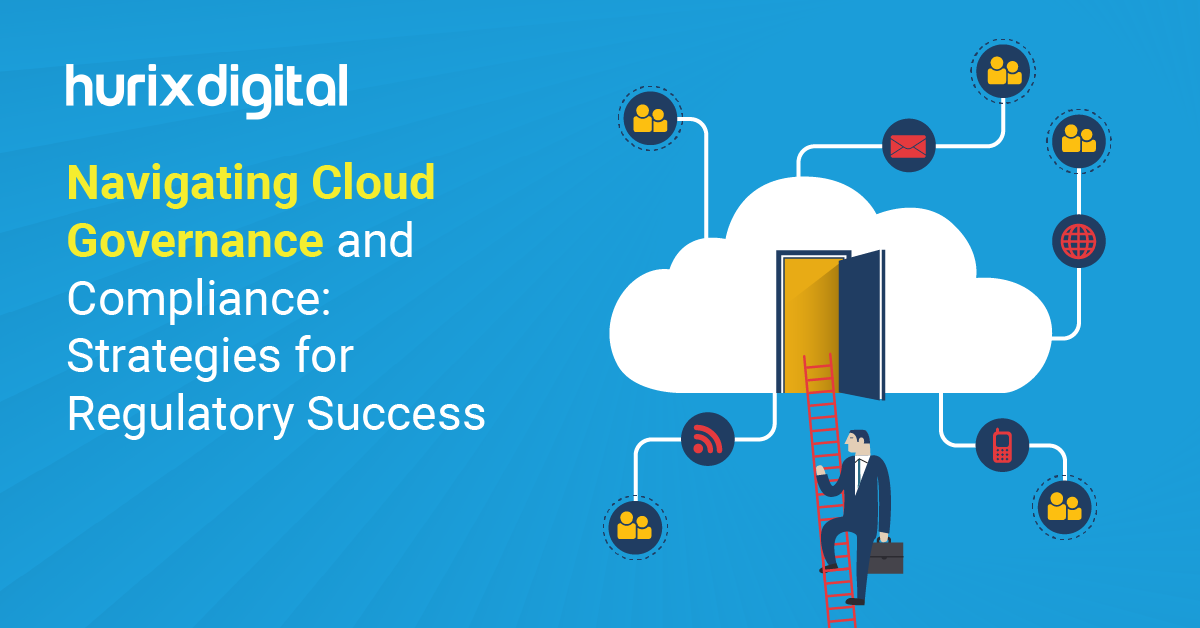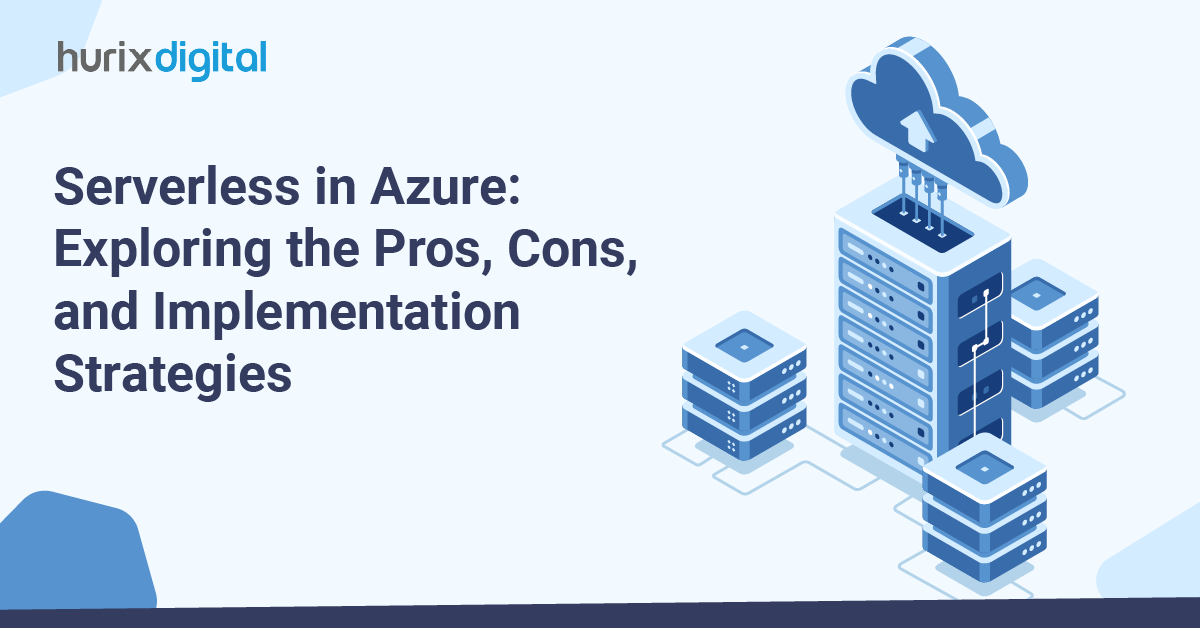
Developing an IT Infrastructure for the Future with Cloud Services
Cloud IT infrastructure spending is projected to soar to a massive $133.7 billion by 2026. This significant growth signifies an enormous wave of cloud adoption, solidifying its place as a central pillar of modern IT strategies.
Cloud services present a compelling strategic opportunity for organizations to construct a resilient and future-ready IT infrastructure. One that offers superior scalability, robust security features, and demonstrably cost-effective models, all of which are essential for success in today’s dynamic business landscape.
Table of Contents:
- Long-Term Benefits of Cloud Infrastructure
- Strategic Considerations for Cloud Adoption in a Future-Ready IT Strategy
- The Bottom Line
Long-Term Benefits of Cloud Infrastructure
Cloud IT infrastructure transcends size limitations, proving to be a game-changer for organizations of all scales. Let’s find out the key benefits offered by cloud adoption.
1. Enhanced Scalability and Agility
Cloud services deliver on-demand resources, enabling you to effortlessly “scale up” compute power and storage during peak seasons to handle surges in workload. Similarly, during slower periods, you can “scale down” resources, optimizing costs.
This inherent elasticity of scalable IT solutions empowers organizations with exceptional responsiveness to market fluctuations. New business opportunities demanding additional IT resources can be seized swiftly, eliminating the constraints of lengthy procurement cycles and physical infrastructure limitations typically associated with traditional on-premises solutions.
2. Reduced Operational Costs
Traditional IT infrastructure often requires substantial upfront investments in hardware, software, and ongoing data center maintenance. Cloud services’ adoption of an operational expenditure (OpEx) strategy allows organizations to pay only for the resources they utilize, liberating valuable capital for core business initiatives like product development, marketing, and talent acquisition.
Additionally, patching, upgrading, and security are among the infrastructure management responsibilities that cloud providers take on. This allows internal IT teams to devote their time and skills to higher-value projects that directly support their strategic goals.
3. Improved Disaster Recovery and Business Continuity
Cloud-based infrastructure offers a superior solution in a scenario where a natural disaster or cyberattack disrupts your on-premises data center. It extends swift disaster recovery due to its inherent redundancy and geographically dispersed data centers.
Further, carefully replicating data across several sites reduces data loss and downtime during interruptions. Cloud providers’ provision of automatic backup and disaster recovery solutions, which guarantee a prompt restoration of regular operations following an incident, further improves company continuity.
This results in a noteworthy decrease in the possibility of monetary losses due to disruptions, eventually promoting a more robust and uninterrupted business environment.
Also Read: Why are Cloud Application Services More Secure than On-Premise Solutions?
4. Empowerment of Innovation
Cloud computing’s ascension enables organizations to provide easier access to advanced technologies such as artificial intelligence (AI), machine learning (ML), and big data analytics. The services that were once expensive or demanded a lot of technical knowledge are now easily accessible on cloud IT infrastructure.
Cloud platforms enable businesses to improve customer experiences, streamline processes, and achieve a competitive edge in the digital sphere. Take, for instance, chatbots with AI capabilities that can intelligently handle consumer inquiries around the clock.
At the same time, ML algorithms scan enormous databases to find patterns in the market and forecast consumer behavior. By smoothly integrating these cutting-edge solutions into daily operations, cloud adoption promotes an innovative culture and enables firms to embrace IT modernization.
5. Simplified IT Management
Cloud platforms revolutionize IT operations by offering centralized management tools and automated processes, streamlining workflows, and eliminating the complexities of managing a scattered hardware and software landscape from various vendors.
Further, unified cloud dashboards provide a holistic view of resources, enabling IT teams to monitor performance, identify bottlenecks, and troubleshoot issues effectively.
Automated patching and updates also ensure a consistently secure and up-to-date cloud environment. This shift frees up valuable time for IT professionals, allowing them to focus on strategic initiatives that drive future-ready IT infrastructure. These initiatives include cloud security posture management, application modernization efforts to support IT modernization, and user adoption programs that foster successful cloud migration.
Strategic Considerations for Cloud Adoption in a Future-Ready IT Strategy
A strategic approach is paramount to maximize the value proposition of cloud services and ensure successful integration into an organization’s long-term IT strategy.
Organizations can construct a robust and future-oriented IT foundation by adopting cloud services. However, to accelerate cloud computing benefits, a well-defined strategy is paramount. Here are important considerations for a successful cloud migration journey:
1. Business Alignment and Long-Term Vision
Strategic Objectives: Cloud adoption should be a strategic decision driven by clearly defined business objectives. Aligning your cloud migration with your long-term growth plans ensures the chosen solution supports future initiatives and nurtures IT modernization.
Lifecycle Management for Continuous Value Creation: A comprehensive lifecycle approach is essential that extends beyond just the initial migration. This emphasis on continuous improvement is particularly relevant in a multi-cloud environment. Underscoring this point, 4 out of 10 companies cite skill shortages as the top factor impacting their multi-cloud operations. Therefore, consider ongoing management processes and upskilling IT personnel. This will ensure that they can effectively leverage the cloud platform’s capabilities and continuous optimization for both cost and performance.
2. Technical Considerations
Hybrid Cloud Strategy: Most businesses gain from hybrid cloud solutions that purposefully fuse cloud services and on-premises infrastructure. These solutions enable customized solutions to satisfy the distinct needs of diverse workloads in terms of performance, security, and compliance.
Data Management and Governance: A robust data management and governance strategy is paramount for building trust and maintaining a secure cloud environment within your future-ready IT infrastructure. Data residency regulations, security issues, and internal data governance guidelines must be carefully considered. It is essential to comprehend the locations of data processing and storage, as well as to make sure that applicable laws are followed.
Application Modernization: Legacy monolithic apps may impede the full potential of cloud infrastructure. IT modernization efforts, such as decomposing these applications, can unlock agility and enable the creation of new business capabilities by leveraging cloud-native features.
Composability: Building a composable IT environment is fundamental to agility. It involves creating reusable building blocks such as APIs, microservices, and infrastructure blueprints. This modular approach allows for rapid development and adaptation to changing business needs.
3. Security and Risk Management
Security Posture: Cloud adoption doesn’t negate the need for robust security. Organizations must maintain a rigid security stance in their cloud architecture. Continuous vulnerability assessments, frequent security patching, and rigorous adherence to recommended standards for cloud security are all part of this.
Vendor Lock-in: This can hinder cloud computing’s inherent scalability and flexibility advantages. A multi-cloud strategy is gaining popularity for organizations striving for agility. Adopted by an astounding 92% of businesses, this approach helps enterprises maximize the value proposition of their cloud investments by avoiding over-reliance on a single provider and utilizing the distinct strengths of various cloud providers.
4. Cultural Transformation
Development of Skills: Transitioning to cloud technology often necessitates a change in IT skills. Traditional IT professionals may have to acquire skill sets in fields like cloud architecture, cloud security, and cloud-native application development. Investing in training programs ensures that your IT staff has the essential cloud skills to oversee and enhance your cloud infrastructure.
Change Management: A clearly outlined strategy for managing changes is necessary for a productive cloud migration. It is crucial to effectively explain the benefits of cloud computing to all parties involved, such as IT personnel, business units, and end-users, to gain their support and reduce any potential disturbance. Proactively addressing any concerns and offering clear guidance during the migration process will result in a seamless transition and fully utilize the benefits of your future-proof IT infrastructure.
Read Sucess Story: Hurix Digital Modernizes IT Systems for a Food Manufacturing Giant
The Bottom Line
The blueprint for a secure, scalable, and cost-effective IT infrastructure lies in a well-defined cloud strategy. Organizations must carefully consider multiple factors to ensure a smooth transition to the cloud.
Having explored the key considerations for cloud adoption, this analysis equips organizations to undertake successful cloud migrations. While cloud computing offers numerous advantages, like enhanced security, unmatched scalability, significant cost savings, and increased business agility, the migration process itself can be a complex undertaking.
Hurix Digital can be your trusted advisor on this exciting digital transformation journey. Our migration experts ensure a smooth cutover to the cloud, minimizing disruption to your business operations. Contact us now to schedule a consultation.

Vice President and Strategic Business Unit Head – Cloud Services
A top technology management voice on LinkedIn with 20 Years of experience in Information Technology, Cloud Services, Digital Transformation, Application Modernisation, Managed Services, IT Security Engineering and Operations Management. An avid technology Leader, Leadership Speaker, Author & Coach.







